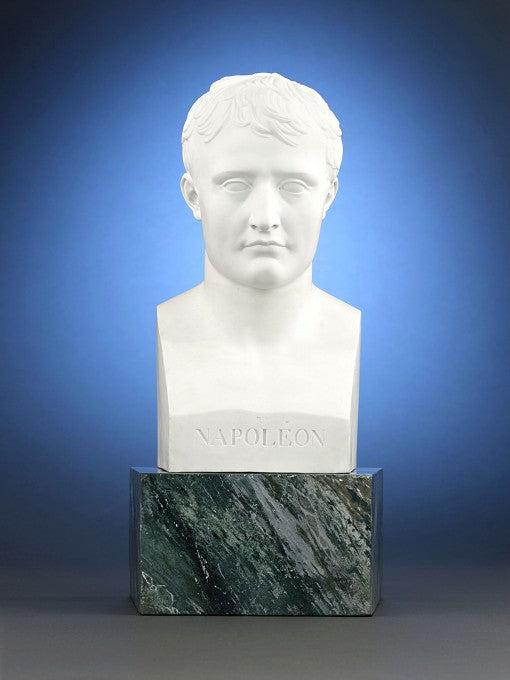Few things in history bear a distinction quite like Sèvres Porcelain. Representative of both royal and artistic excellence, Sèvres vases, urns, pedestals, and dinnerware have long been heralded as the standard for fine design and craftsmanship. Yet, more than that, Sèvres is an icon for the changing tastes that encapsulated French monarchs who were completely enamored by the creativity and delicacy of the pieces.

From its inception in 1739 at the Château de Vincennes, Sèvres porcelain manufactory was favored by French royalty and epitomized ultimate luxury. Objects commissioned by French monarchs, beginning with Louis XV, were used as extensions of power, assertions of their access to luxury, and became a means of royal veneration.

Undoubtedly, the success Sèvres porcelain would not be so without the patronage and support France’s first emperor, Napoléon Bonaparte. While much of Napoléon’s life surrounds his political and militaristic endeavors as France’s first emperor, his reign was also characterized by a lifelong affair with the decorative arts. Because Napoléon’s power was not predicated on divinity, a clear demonstration of the material and cultural benefits brought by his administration was necessary. This shift in the nature of executive power prompted a change in the design and decoration of Sèvres porcelain.

Luxurious goods and artistic production under Napoléon flourished in France like never before with the aid of Sèvres porcelain. Often called the Empire style, this period lends its name to the new symbols, décor, and triumphs in art that Napoléon used to stamp his era. Sèvres porcelain, therefore, became the articulation for Napoléon’s imperial identity as he eagerly promoted the elaborately ornamented pieces that Sevres crafted. In fact, Napoléon commissioned eleven dinner services that Sèvres expertly crafted to chart the triumphs and benefits of his regime. Consequently, Sèvres pieces commissioned by and made under Napoléon become the material embodiment of his power.
Importantly, luxurious goods depicting and referencing the Emperor’s legendary reign continued to be crafted even after his fall from power. Signifying his mark in history, Napoléon’s influence and rule continued to be celebrated and memorialized. Now, nearly a century later, adoration and admiration for Sèvres porcelain and its aide in Napoléon’s image and power still exists. Modern day obsession for the gutsy emperor prevails and just one look at decorative arts under his direction shows the immense influence he carried.
We invite you to visit our current exhibition: Napoléon: General. Emperor. Legend. The exhibition is being held at our gallery, 630 Royal Street New Orleans, in the heart of the French quarter. It is free and open to the public. We would love for you to join us in our intrigue for Napoléon!



